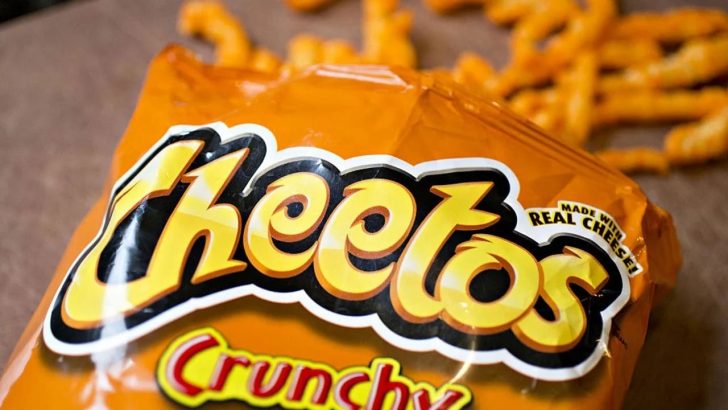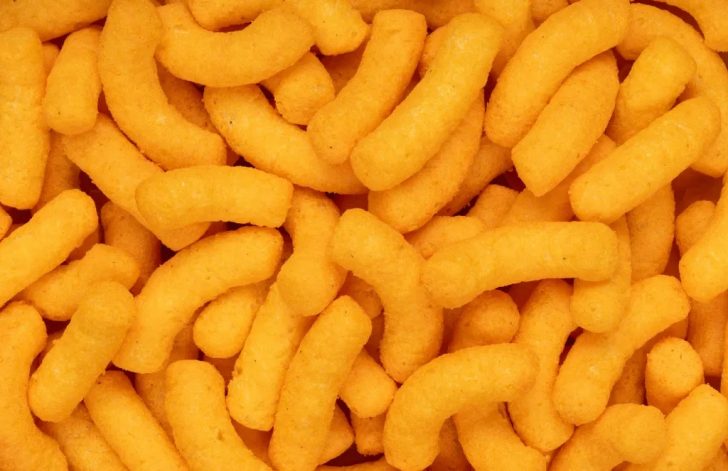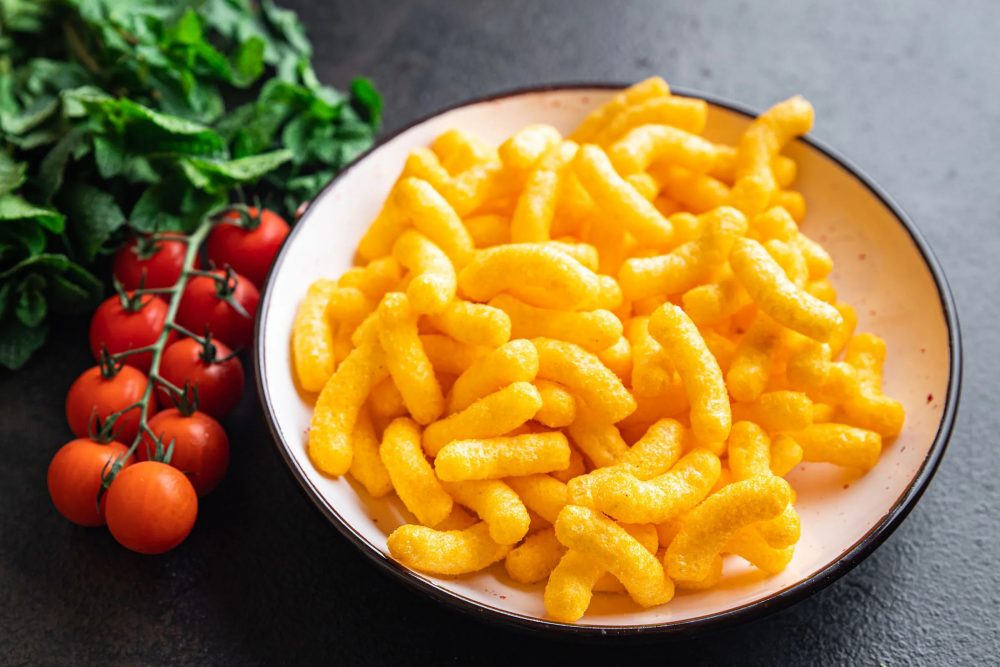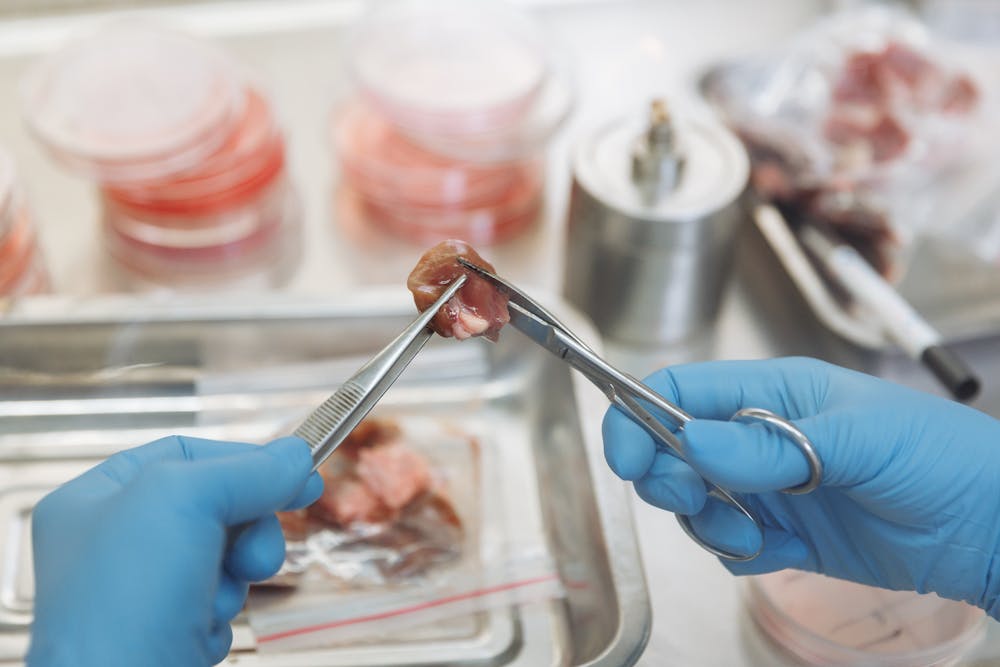What if we tell you that the food coloring used in your favorite snack could make your skin see-through? No joke! Researchers have uncovered that the famous yellow food dye in Cheetos, called Tartrazine (or FD&C Yellow No. 5), can turn the skin of mice completely transparent. The popular Cheetos food coloring made the skin of mice completely visible!
Imagine seeing blood vessels and muscle pulses through the skin. It is like an X-ray without the rays! Scientists at Stanford University applied this popular dye on the heads and stomachs of mice, producing fascinating and slightly eerie results.
Now, they are exploring if this process could have applications in human medicine.

NY Post / Scientists have found that Tartrazine – the yellowing Cheetos food coloring – can make mice’s skin transparent, making their organs completely visible.
The scientists behind this bizarre breakthrough suggest that this Cheetos food coloring interacts uniquely with mouse skin. It alters its light absorption and reflection properties. Since the dye makes light pass through the cells, it renders the skin translucent. The results stunned researchers!
How Cheetos Food Coloring Turns Skin See-Through?
So, how does this vivid dye make skin transparent? The answer lies in the way our cells handle light. Our cell membranes contain a mix of fats and water, which typically make skin opaque. When Tartrazine is introduced, it changes the way light interacts with these cell structures, allowing it to pass through. This essentially illuminates the cells, making underlying structures visible to the naked eye.
For the study, scientists used an intense dose of Tartrazine on specific areas of mice. Under special lighting, they could observe the mice’s internal organs, muscles, and even brain activity. This was an unprecedented sight, providing a live look at blood vessels and muscle movement – all thanks to the humble Cheetos food coloring.
While seeing through mouse skin is novel, the scientific implications are potentially huge. Imagine medical advancements where doctors could see through human skin to diagnose conditions without invasive procedures! That seems doable with the food dye used in snacks.
The Dye in Cheetos and Its Wild Effects on Cells
Tartrazine, the yellow Cheetos food coloring, is often present in snacks, soft drinks, and other treats that give them a bright, attractive color. Known for its safety in food, the FDA approves Tartrazine under strict regulations, ensuring that only small amounts are used in our favorite snacks.
However, this study reveals that when applied in high concentrations, it does much more than color food. It has the power to alter the way cells interact with light.

The Talks / While the study won’t affect how Cheetos are made, it does hint at new ways we could potentially use food dyes in other fields.
The mice study conducted by the Stanford researchers involved placing the dye directly on the skin, rather than consuming it. The results showed that with a significant amount of dye, the mice’s skin became almost like glass, with organs clearly visible. This remarkable transparency effect opens doors for further research.
Could Cheetos Food Coloring Have Practical Medical Applications?
While it may sound like the plot of a sci-fi movie, scientists believe this discovery could revolutionize medical imaging. Lead researcher Guosong Hong explained that their team is eager to understand if this transparency effect could translate to human skin.
If successful, it could make way for non-invasive medical procedures. It may offer doctors the ability to see muscles, blood vessels, and maybe even nerves without the need for surgery or harmful radiation.




